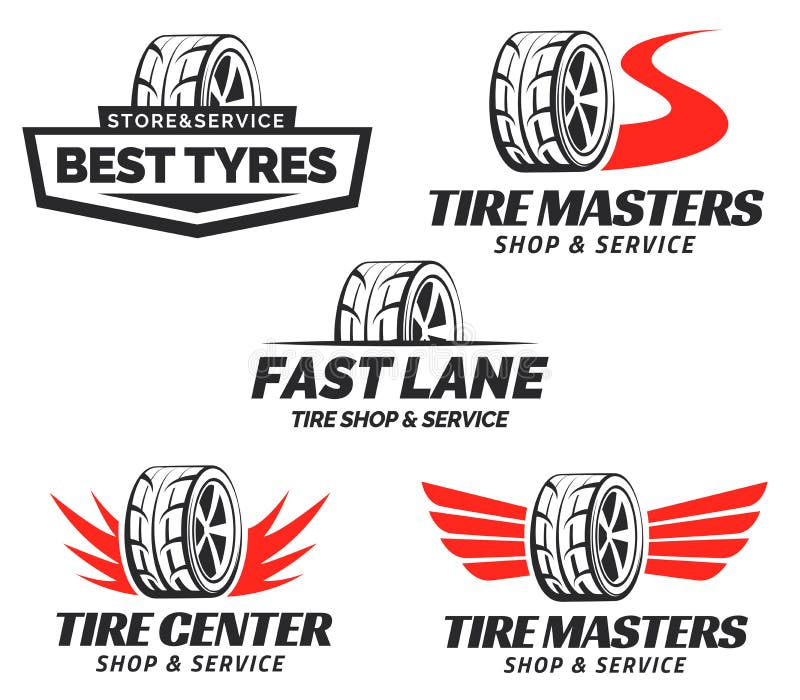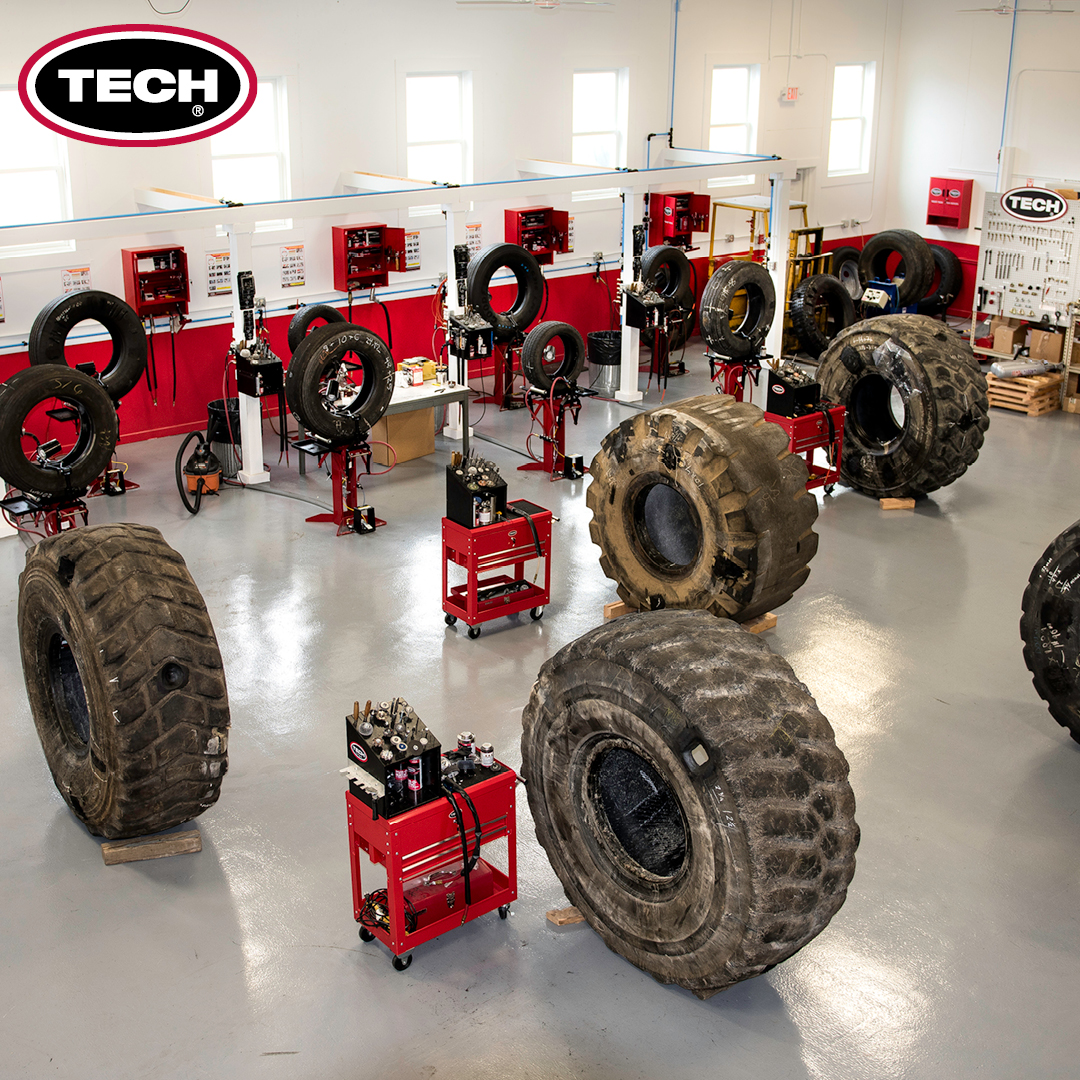Improve Performance with Morris Tire: Your Trustworthy Tire Shop Near Me
Improve Performance with Morris Tire: Your Trustworthy Tire Shop Near Me
Blog Article
The Scientific Research Behind Tire Repair and Security
When it pertains to the intricate world of tire maintenance and security, there exists a realm of science that usually remains hidden by the average driver - morris tire service. The products that make up a tire, the impact of tire stress on total safety and security, the ramifications of tread wear, the detailed characteristics of tire grip, and the often-overlooked relevance of appropriate wheel positioning all play important functions in ensuring a vehicle operates securely and effectively. As we navigate through the complexities of tire repair work and safety, it comes to be noticeable that a much deeper understanding of these clinical principles is not only helpful but essential for every single motorist when traveling
Tire Make-up and Capability
What materials make up the make-up of tires, and exactly how do these components contribute to their functionality when driving? Tires are complicated products, commonly made from a mix of rubber compounds, fabric, steel cables, and various other chemical additives. The most common kind of rubber used in tires is artificial rubber, which supplies resilience and resistance to tear and wear. The material layers, typically made from nylon, polyester, or rayon, offer toughness and stability to the tire structure. Steel cables are integrated to boost the tire's toughness and aid it preserve its form under different roadway conditions.
The rubber compounds offer grip and grip, allowing the tire to adhere to the road surface area and offer security throughout acceleration, braking, and cornering. Generally, the mindful choice and combination of these products make sure that tires can carry out successfully and safely on numerous roadway surfaces and problems.
Influence of Tire Stress on Security
On the various other hand, overinflated tires have much less call with the road surface area, reducing traction and causing irregular wear on the tire treads. Correctly inflated tires also play a crucial role in fuel performance, as underinflated tires can enhance moving resistance, leading to decreased gas mileage. Regularly examining and maintaining the right tire pressure not only makes certain safety and security yet also extends the lifespan of the tires, saving on replacement costs in the long run.
Footstep Use and Its Implications
Correct surveillance of tire step wear is important for guaranteeing optimal performance and safety when traveling. As tires use down, the depth of the walk diminishes, lowering the tire's capacity to maintain traction, specifically in slippery or damp conditions. The tread pattern and depth play an important duty in funneling water away from the tire to stop hydroplaning and keeping grip when driving surface area.
Unequal wear might suggest problems with tire inflation, placement, or suspension parts. Use indicators are built into the tire tread and end up being visible when the step depth reaches a particular low point, suggesting the demand for immediate substitute.

Comprehending Tire Traction Characteristics
Keeping track morris tire of tire tread wear not only makes sure optimal efficiency and safety however additionally straight influences the traction dynamics of the tires on different road surface areas. Tire grip is a vital aspect of car handling and safety and security, as it identifies the grip in between the tires and the road. Grip dynamics differ depending upon roadway conditions such as completely dry pavement, damp roadways, snow, or ice.

Comprehending tire grip dynamics is necessary for motorists to adjust their driving behavior according to the roadway problems. morris tire service. Consistently checking tire tread deepness and condition can considerably enhance traction efficiency, guaranteeing more secure driving experiences throughout numerous surfaces
Importance of Proper Wheel Placement
Making sure appropriate wheel placement plays a vital role in maximizing lorry performance and prolonging tire durability. Proper wheel placement entails adjusting the angles of the wheels to producer specs, making certain that they are vertical to the ground and parallel to each other. When positioning is off, it can lead to uneven tire wear, decreased gas performance, and compromised handling.
One of the vital advantages of maintaining correct wheel positioning is boosted dealing with and stability. Misaligned wheels can cause the vehicle to pull to one side, impacting steering control and overall driving experience. Furthermore, appropriate placement promotes even tire wear, stopping early tire substitute and minimizing upkeep costs in the lengthy run.

Conclusion
In final thought, the scientific research behind tire fixing and safety is essential for preserving lorry performance and making sure vehicle driver security. By understanding tire composition, stress, walk wear, traction dynamics, and wheel placement, motorists can stop crashes and lengthen the life-span of their tires. Proper maintenance and normal evaluations are necessary for ideal tire efficiency and overall lorry security. By adhering to these guidelines, drivers can drive with confidence recognizing that their tires remain in good condition.
The products that make up a tire, the impact of tire stress on total safety and security, the implications of walk wear, the intricate dynamics of tire grip, and the often-overlooked importance of proper wheel alignment all play crucial functions in ensuring a car operates securely and efficiently. On the other hand, overinflated tires have less call with the road surface, minimizing traction and causing unequal wear on the tire footsteps. Consistently checking and maintaining the right tire stress not only makes sure safety and security however additionally expands the life expectancy of the tires, conserving on replacement prices in the long run.
Keeping track of tire step wear not only ensures optimal performance and security yet additionally directly impacts the traction characteristics of the tires on different road surface areas. Tire grip is an important facet of car handling and security, as it identifies the hold between the tires and the roadway.
Report this page